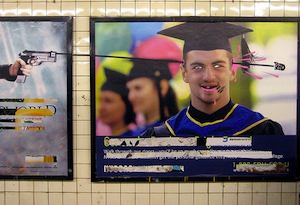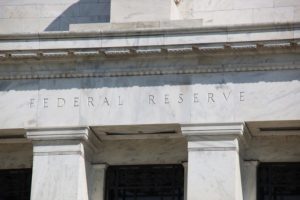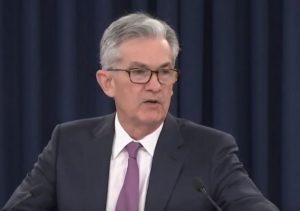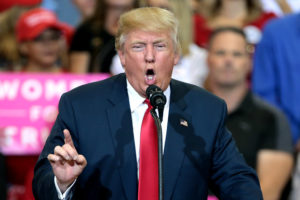Subprime Student Lending
Banks gave money to needy college students without considering whether borrowers could repay, then bundled and resold the loans to avoid losing money when students defaulted -- lending practices that mirror the run-up to the subprime mortgage crisis.
Banks gave money to needy college students without considering whether borrowers could repay, then bundled and resold the loans to avoid losing money when students defaulted — lending practices that mirror the run-up to the subprime mortgage crisis.
A government study noted that private loans are often riskier than federal loans. Private loans often carry variable interest rates that can cause monthly payments to rise unexpectedly, where federal loans offer fixed rates. Federal loans can be postponed or reduced if the borrower is unable to pay. There are almost no bankruptcy protections for borrowers who default on private loans, and wages and Social Security can be garnished to pay them off.
— Posted by Alexander Reed Kelly.
Your support matters…AP at SFGate:
Student loans fall into two main categories: Loans directly from the government and those offered by banks and other private financial companies. The report focused on private student loans, which spiked from $5 billion in loans originated in 2001 to more than $20 billion in 2008. After the financial crisis, as lending standards tightened, the market shrank to $6 billion in 2011.
American consumers still owe more than $150 billion in private student loan debt, the study said. Including federal loans, Americans now owe more than $1 trillion in student loan debt, according to the CFPB. It has surpassed credit card debt as the biggest source of unsecured debt for U.S. consumers.
Independent journalism is under threat and overshadowed by heavily funded mainstream media.
You can help level the playing field. Become a member.
Your tax-deductible contribution keeps us digging beneath the headlines to give you thought-provoking, investigative reporting and analysis that unearths what's really happening- without compromise.
Give today to support our courageous, independent journalists.







You need to be a supporter to comment.
There are currently no responses to this article.
Be the first to respond.